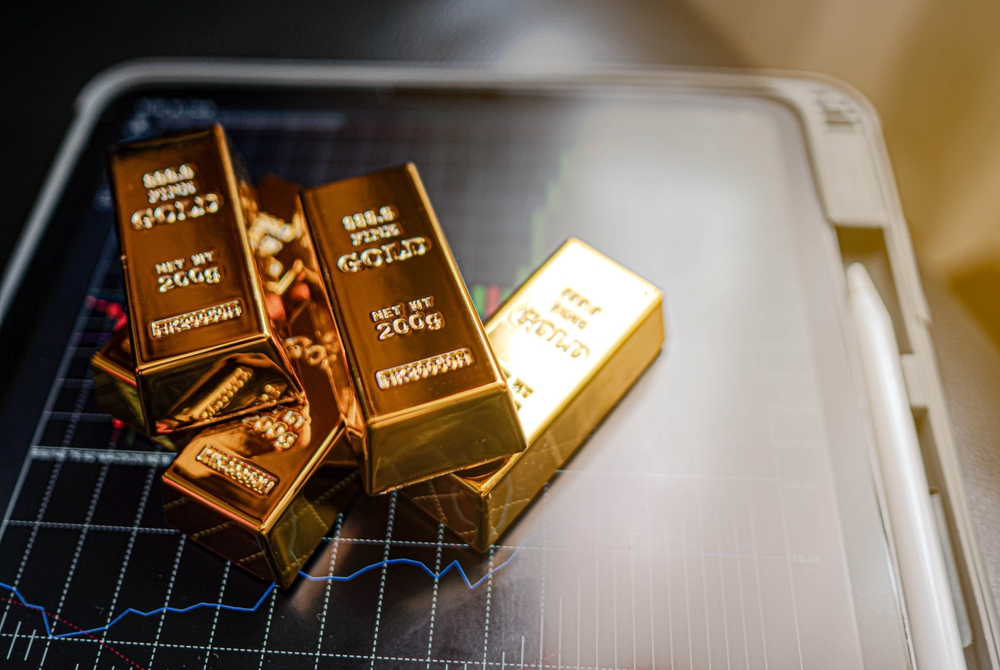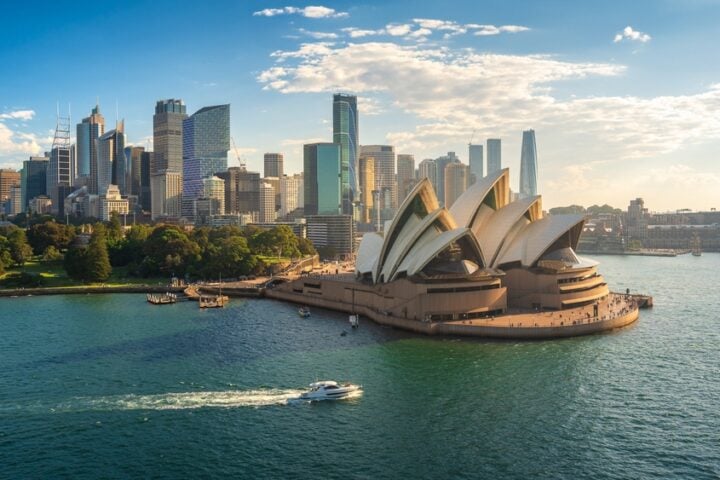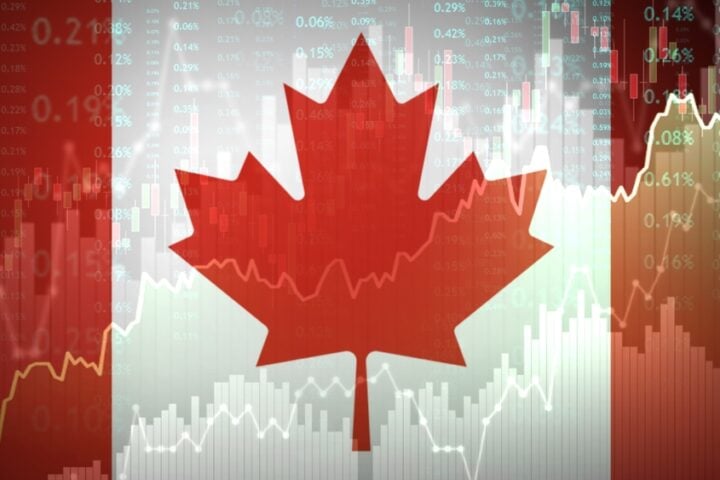Gold Surges Amid Economic and Political Uncertainty
Gold has surged to new all-time highs, breaking through $3,000 an ounce, driven by a combination of geopolitical instability and economic uncertainty. While comparisons are being made to the gold rush of 1980, when political turmoil and an oil crisis drove prices up, analysts note that the current rally has a different dynamic. The U.S. tariffs imposed by President Donald Trump, along with ongoing global trade tensions and conflicts in Ukraine and the Middle East, are fueling investor demand for gold as a safe-haven asset.
Gold’s Resilience and Geopolitical Bid
Spot gold recently hit a record $3,167.57 per troy ounce, marking a 16% increase this year, following a 27% rise in 2024. This surge represents a more sustained rally compared to previous peaks, with analysts citing the ongoing geopolitical issues and trade wars as key drivers. HSBC analyst James Steel pointed out that Trump’s stance on tariffs, particularly the steep trade barriers announced last week, has pushed investors into gold, spurred by fears of a global trade war. Unlike previous crises that led to swift resolutions, such as the Iranian Revolution or oil crisis in the 1980s, today’s breakdown in international cooperation is keeping gold prices high, Steel added. “There is a bigger geopolitical bid in the market,” he said.
Uncertainty Over the Dollar’s Safe-Haven Status
While the U.S. dollar is traditionally seen as a safe-haven asset, there are signs that its status is eroding as uncertainty around Trump’s tariff policies grows. The dollar’s weakening position, coupled with rising global trade tensions, is pushing more investors to seek the relative security of gold. The geopolitical uncertainty is compounded by Trump’s broader shift in U.S. foreign policy, including a diminished commitment to Europe’s security and controversial discussions about U.S. territorial ambitions, further driving the demand for precious metals.
Ongoing Global Turmoil and Gold’s Continued Climb
The past few years have been marked by a series of global crises, including the COVID-19 pandemic, Russia’s invasion of Ukraine, and the Chinese property market crisis. These events have added to the rising demand for gold, with central banks, particularly in non-Western countries, diversifying their reserves away from the dollar and toward gold. The Western response to these crises, including sanctions against Russia, has only increased gold’s appeal as a safe asset. Unlike previous crises, there is no global policy alignment in response to the current trade war, further pushing investors toward gold.
Gold Price Forecasts and Future Expectations
Despite the record highs, there is still room for gold to rise even further. Analysts are now predicting that gold prices could reach as high as $3,500 per ounce in the coming years. Michael Widmer from BofA raised his forecast for gold to $3,063 in 2025 and $3,350 in 2026. The expectation is that gold could continue to climb until 2026, driven by the ongoing geopolitical turmoil and uncertainty in the global economy. While a more collaborative global environment could reverse this trend, many experts believe that is unlikely given the current geopolitical climate.
Gold’s Future in a Divided Global Landscape
As tensions rise between global powers, gold’s position as a safe-haven asset is becoming increasingly secure. With no quick resolution to the trade wars or geopolitical conflicts in sight, the precious metal may continue its upward trajectory, potentially reaching even higher levels in the years to come. Investors are likely to keep gold in their portfolios as a hedge against the uncertainty that dominates the global stage.







